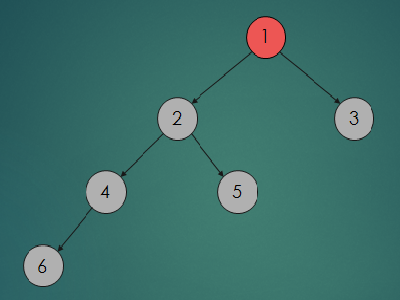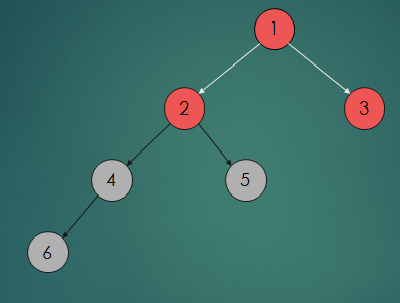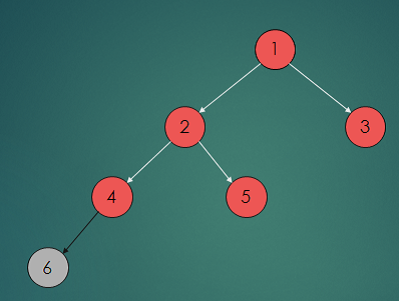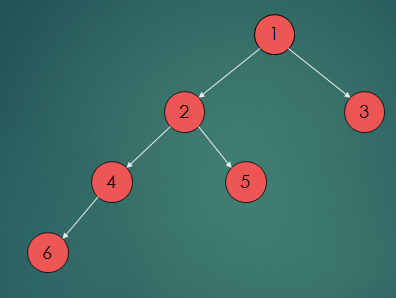Breadth First Search¶
-
* We visit every vertex exactly once
* We visit each neighbour vertex then the neighbours of these new vertices
* Running time of the algorithm is O(V+E); V is no of vertices, E is no of edges
* It has to store a lot of pointers so it is not as efficient as depth first search
* It construct shortest path tree: Dijkstra shortest path algorithm does a BFS if all the edge weight are equal to 1
Breadth First Search traversal is shown:




* It is also very important in maximum flow: the Edmonds-Karp maximum flow algoritm uses BFS for finding augmenting paths
* Cheyen’s algorithm in garbage collection: similar to mark and sweep gc procedure, it helps to maintain the active references -> it uses BFS to detect all the references on the heap memory
Codes of the Java files included in the program are given below:
Vertex.java¶
In [ ]:
package bfs; import java.util.ArrayList; import java.util.List; /** * * @author ANIRUDDHA */ public class Vertex { private int data; //The data private boolean visited; //Visited vertices private List<Vertex> neighbourList; //List of all neighbours //Constructor public Vertex(int data){ this.data = data; this.neighbourList = new ArrayList(); } public void addNeighbour(Vertex vertex){ this.neighbourList.add(vertex); } //Getters and Setters public int getData() { return data; } public void setData(int data) { this.data = data; } public boolean isVisited() { return visited; } public void setVisited(boolean visited) { this.visited = visited; } public List<Vertex> getNeighbourList() { return neighbourList; } //Override the toString method to return the traversal path public String toString(){ return "-"+this.data; } }
BFS.java¶
In [ ]:
package bfs; import java.util.LinkedList; import java.util.Queue; /** * * @author ANIRUDDHA */ public class BFS { // BFS Algorithm public void bfsalgo(Vertex root){ //We use a Queue data structure for BFS Queue<Vertex> queue = new LinkedList<>(); //Polymorphism: LinkedList implements Queue data structure root.setVisited(true); queue.add(root); // Iterate until queue is empty while(!queue.isEmpty()){ //Pop the actual vertices Vertex actualVertex = queue.remove(); System.out.print(actualVertex+"-"); //Visit all neighbours and add them to visited. for(Vertex v: actualVertex.getNeighbourList()){ if(!v.isVisited()){ v.setVisited(true); queue.add(v); } } } } }
Main.java¶
In [ ]:
package bfs; /** * * @author ANIRUDDHA */ public class Main { public static void main(String[] args){ BFS bfs = new BFS(); // Create vertices Vertex vertex1 = new Vertex(1); Vertex vertex2 = new Vertex(2); Vertex vertex3 = new Vertex(3); Vertex vertex4 = new Vertex(4); Vertex vertex5 = new Vertex(5); //Add neighbours to vertices vertex1.addNeighbour(vertex2); vertex1.addNeighbour(vertex4); vertex4.addNeighbour(vertex5); vertex2.addNeighbour(vertex3); // Start the BFS with the root as vertex1 bfs.bfsalgo(vertex1); } }
Output of the program is :
-1--2--4--3--5-
You can download the complete source code here : Source Code